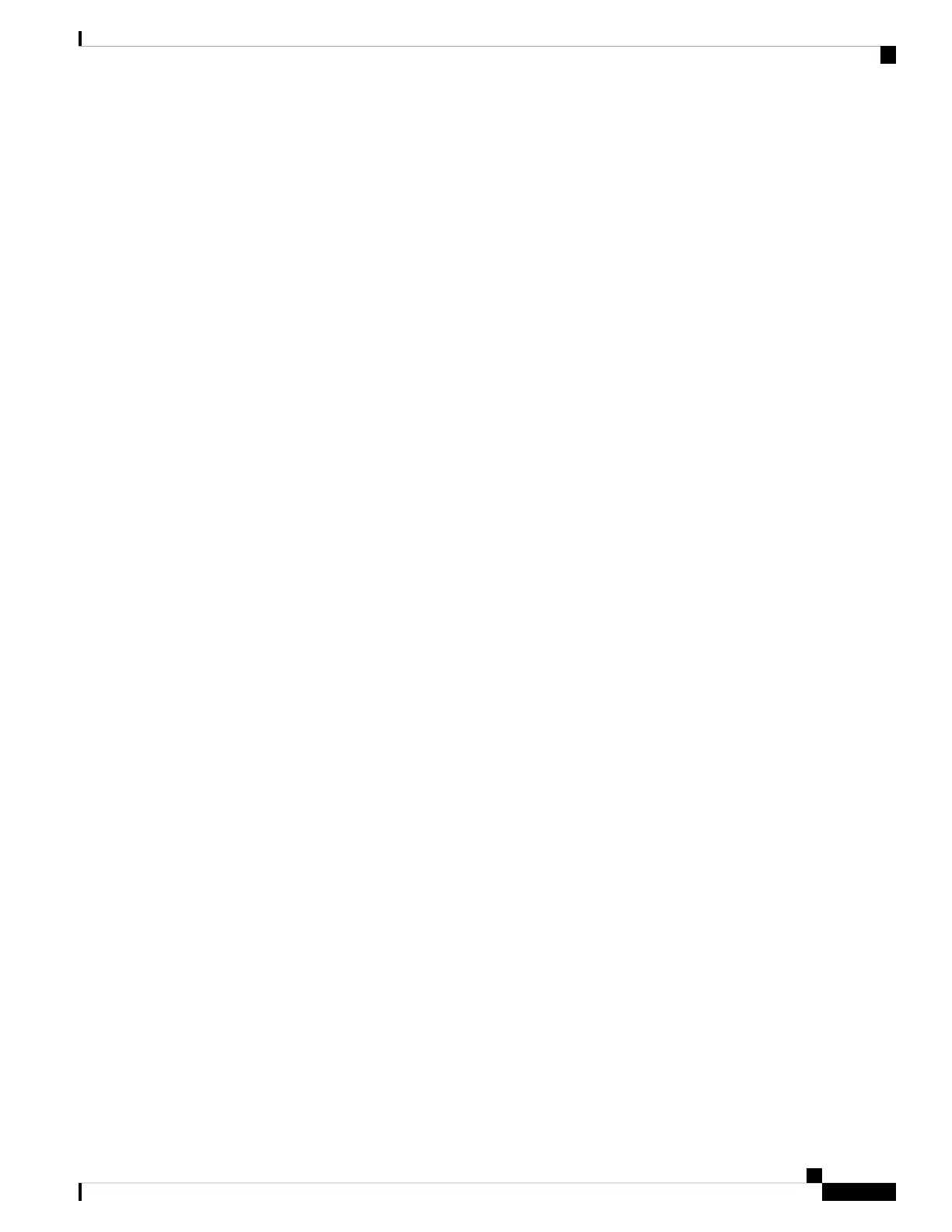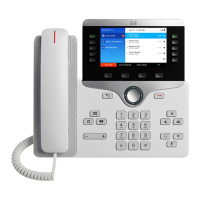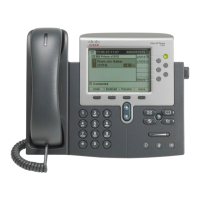Number of Frequencies = 1
Frequency 1 = 440 Hz at –10 dBm
Example 2—Dial Tone:
350@-19,440@-19
Number of Frequencies = 2
Frequency 1 = 350 Hz at –19 dBm
Frequency 2 = 440 Hz at –19 dBm
• IP— Valid IPv4 Address in the form of x.x.x.x, where x is between 0 and 255. Example: 10.1.2.100.
• UserID—User ID as it appears in a URL; up to 63 characters.
• Phone—A phone number string, such as 14081234567, *69, *72, 345678; or a generic URL, such as,
1234@10.10.10.100:5068 or jsmith@Cisco.com. The string can contain up to 39 characters.
• PhTmplt—A phone number template. Each template may contain one or more patterns that are separated
by a comma (,). White space at the beginning of each pattern is ignored. “?” and “*” represent wildcard
characters. To represent literally, use %xx. For example, %2a represents *. The template can contain up
to 39 characters. Examples: “1408*, 1510*”, “1408123????, 555?1.”.
• Port—TCP/UDP Port number (0-65535). It can be specified in decimal or hex format.
• ProvisioningRuleSyntax—Scripting syntax that is used to define configuration resync and firmware
upgrade rules.
• PwrLevel—Power level expressed in dBm with one decimal place, such as –13.5 or 1.5 (dBm).
• RscTmplt—A template of SIP Response Status Code, such as “404, 5*”, “61?”, “407, 408, 487, 481”.
It can contain up to 39 characters.
• Sig<n>—Signed n-bit value. It can be specified in decimal or hex format. A “-” sign must precede
negative values. A + sign before positive values is optional.
• Star Codes—Activation code for a supplementary service, such as *69. The code can contain up to 7
characters.
• Str<n>—A generic string with up to n nonreserved characters.
• Time<n>—Time duration in seconds, with up to n decimal places. Extra specified decimal places are
ignored.
• ToneScript—A miniscript that specifies the frequency, level, and cadence parameters of a call progress
tone. Script may contain up to 127 characters.
Syntax: FreqScript;Z
1
[;Z
2
].
The section Z
1
is similar to the S
1
section in a CadScript, except that each on/off segment is followed by
a frequency components parameter: Z
1
= D
1
(on
i,1
/off
i,1
/f
i,1
[,on
i,2
/off
i,2
/f
i,2
[,on
i,3
/off
i,3
/f
i,3
[,on
i,4
/off
i,4
/f
i,4
[,on
i,5
/off
i,5
/f
i,5
[,on
i,6
/off
i,6
/f
i,6
]]]]]) where:
• f
i,j
= n
1
[+n
2
]+n
3
[+n
4
[+n
5
[+n
6
]]]]].
• 1 < n
k
< 6 specifies the frequency components in the FreqScript that are used in that segment.
If more than one frequency component is used in a segment, the components are summed together.
Cisco IP Phone 8800 Series Multiplatform Phone Administration Guide for Release 11.3(1) and Later
95
Cisco IP Phone Provisioning
Data Types

